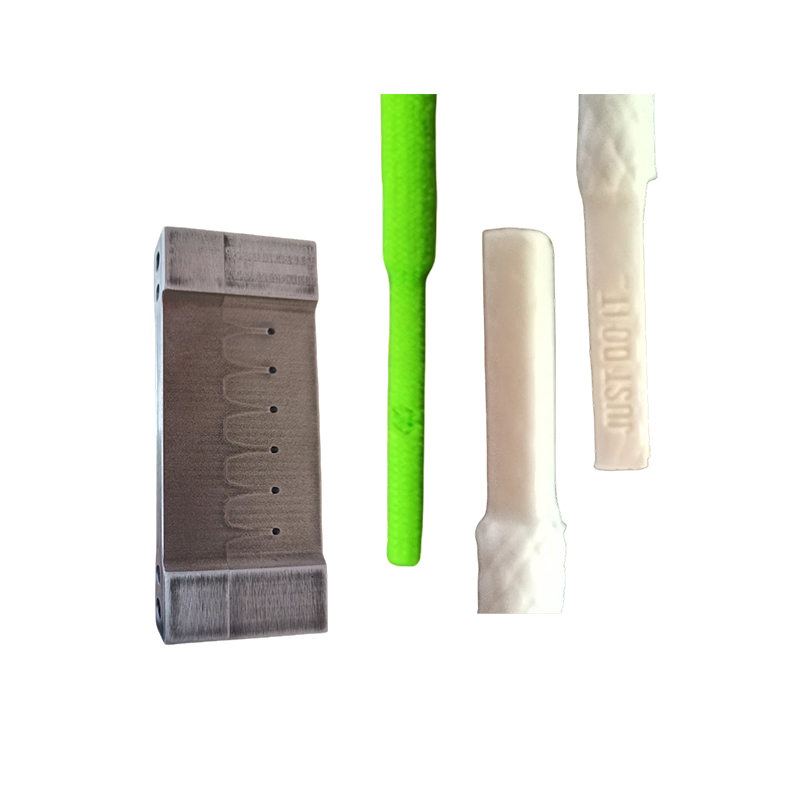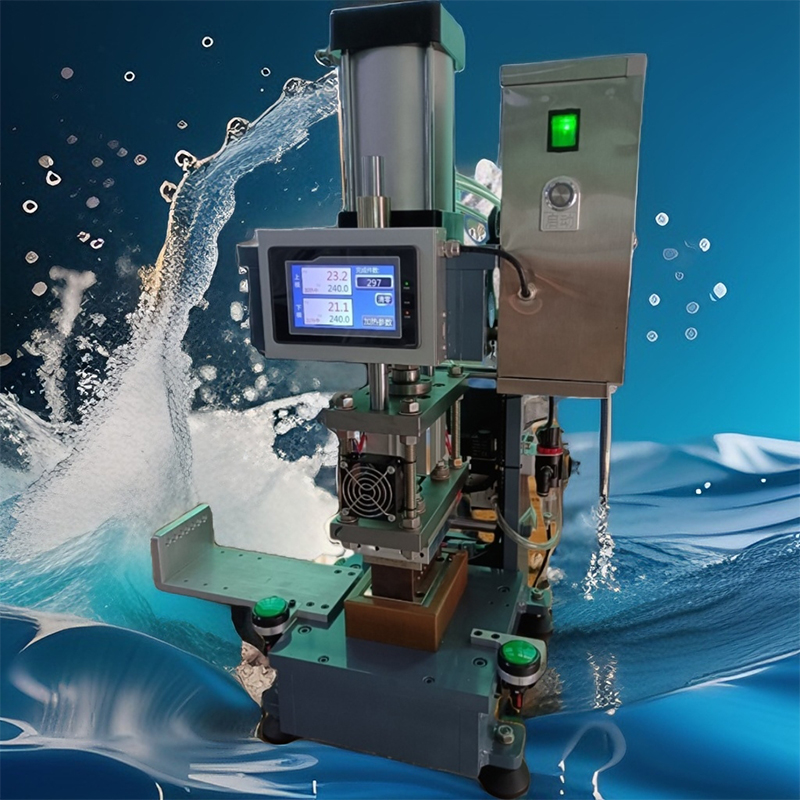During the hot pressing process of the rope, the viscosity of the material will change with the temperature, which will affect the pressure transmission efficiency.
- +86-13702392136
- wuqiang-072@163.com
- No. 282, Xitou Village, Hecheng Street, Gaoming District, Foshan City







